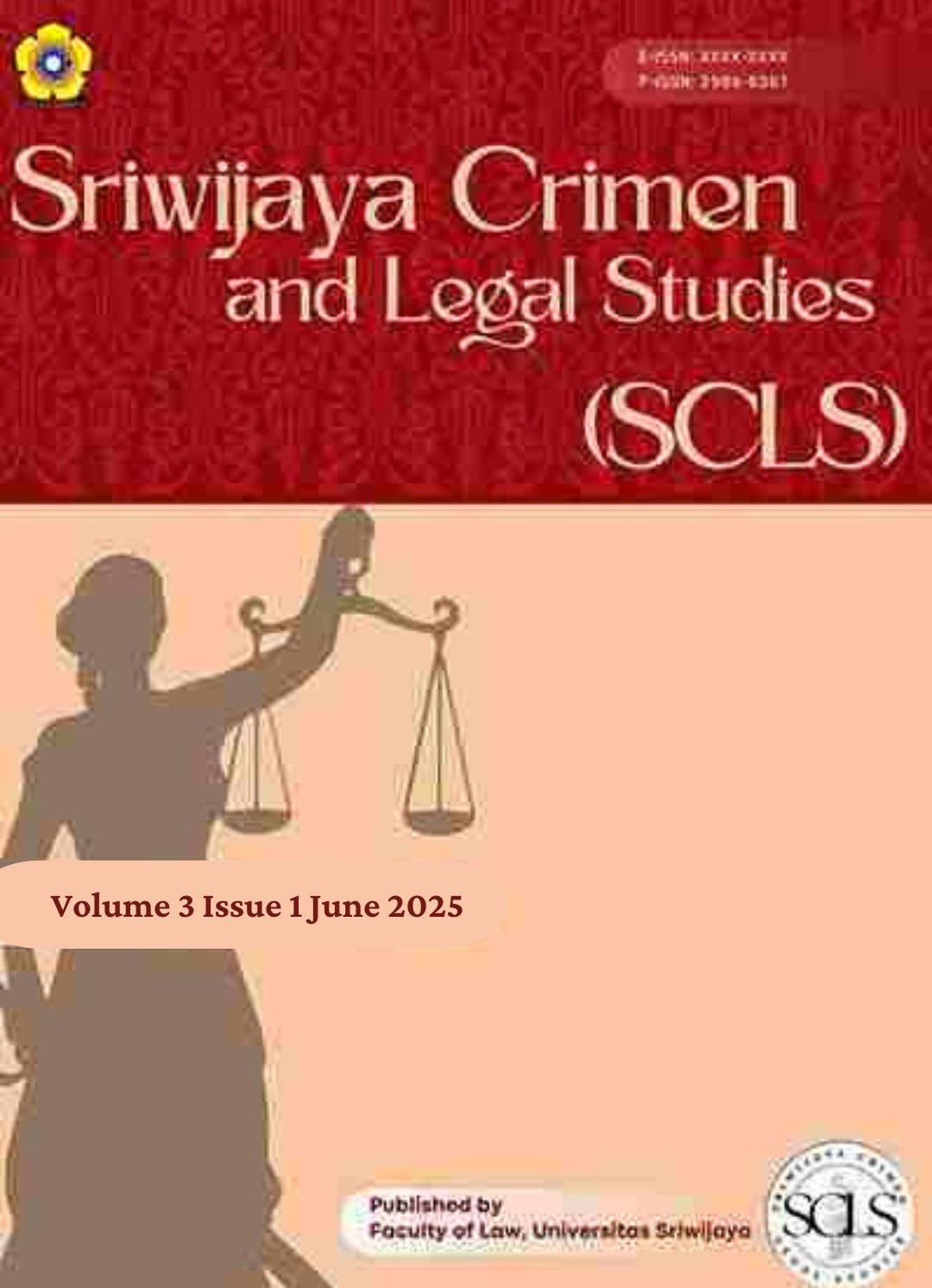RIGHTS AND POLICIES FOR WOMEN TO BE PROTECTED FROM SEXUAL VIOLENCE IN OBTAINING EDUCATION AT UNIVERSITIES
DOI:
https://doi.org/10.28946/scls.v3i1.4773Abstract
Based on data from the National Commission on Violence Against Women in 2020, of the total cases of violence in the educational environment, 88% were cases of sexual violence. Higher education is the level of education with the highest percentage of sexual violence incidents, namely 35%. Women are the gender that is more often the victim of sexual violence, while based on human rights, women and men should have equal opportunities to get an education. To provide equal educational opportunities, Regulation of the Ministry of Edication, Culture, Research, and Technology of Indonesia (Permendikbudristek) number 30 of 2021 has been formed which regulates the prevention and handling of sexual violence, called PPKS in the higher education environment with the implementation of the formation of the PPKS Task Force (Satgas PPKS). However, this does not directly eliminate cases of sexual violence that occur in universities, in fact, until now there are still cases of sexual violence in various universities. Women are still easy targets for sexual violence. This study aims to identify the causes and problems of sexual violence against women and how to create appropriate policies in the educational environment so that it is safe and comfortable so that women no longer have a sense of worry. This study uses qualitative research methods to gain an in-depth and comprehensive understanding of acts of sexual violence and the formulation of appropriate policies in certain higher education environments related to the creation of a safe and comfortable educational environment.Downloads
Published
Issue
Section
License

This work is licensed under a Creative Commons Attribution-ShareAlike 4.0 International License.
As a journal author, you have rights for a large range of uses of your article, including use by your employing institute or company. These Author rights can be exercised without the need to obtain specific permission.
Authors publishing in SCLS journals have wide rights to use their works for teaching and scholarly purposes without needing to seek permission, including: use for classroom teaching by Author or Author's institution and presentation at a meeting or conference and distributing copies to attendees; use for internal training by author's company; distribution to colleagues for their research use; use in a subsequent compilation of the author's works; inclusion in a thesis or dissertation; reuse of portions or extracts from the article in other works (with full acknowledgement of final article); preparation of derivative works (other than commercial purposes) (with full acknowledgement of final article); voluntary posting on open web sites operated by author or author’s institution for scholarly purposes (follow CC by SA License).
Authors and readers can copy and redistribute the material in any medium or format, as well as remix, transform, and build upon the material for any purpose, even commercially, but they must give appropriate credit (cite to the article or content), provide a link to the license, and indicate if changes were made. If you remix, transform or build upon the material, you must distribute your contributions under the same license as the original.


